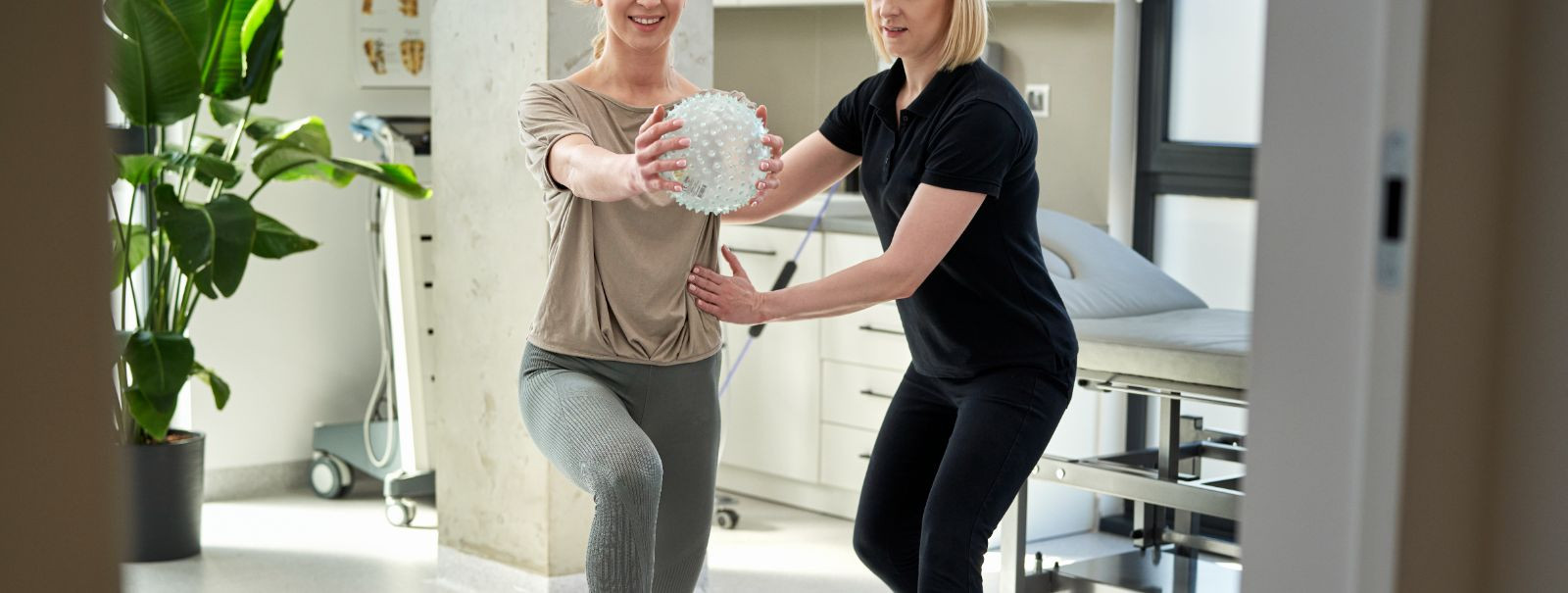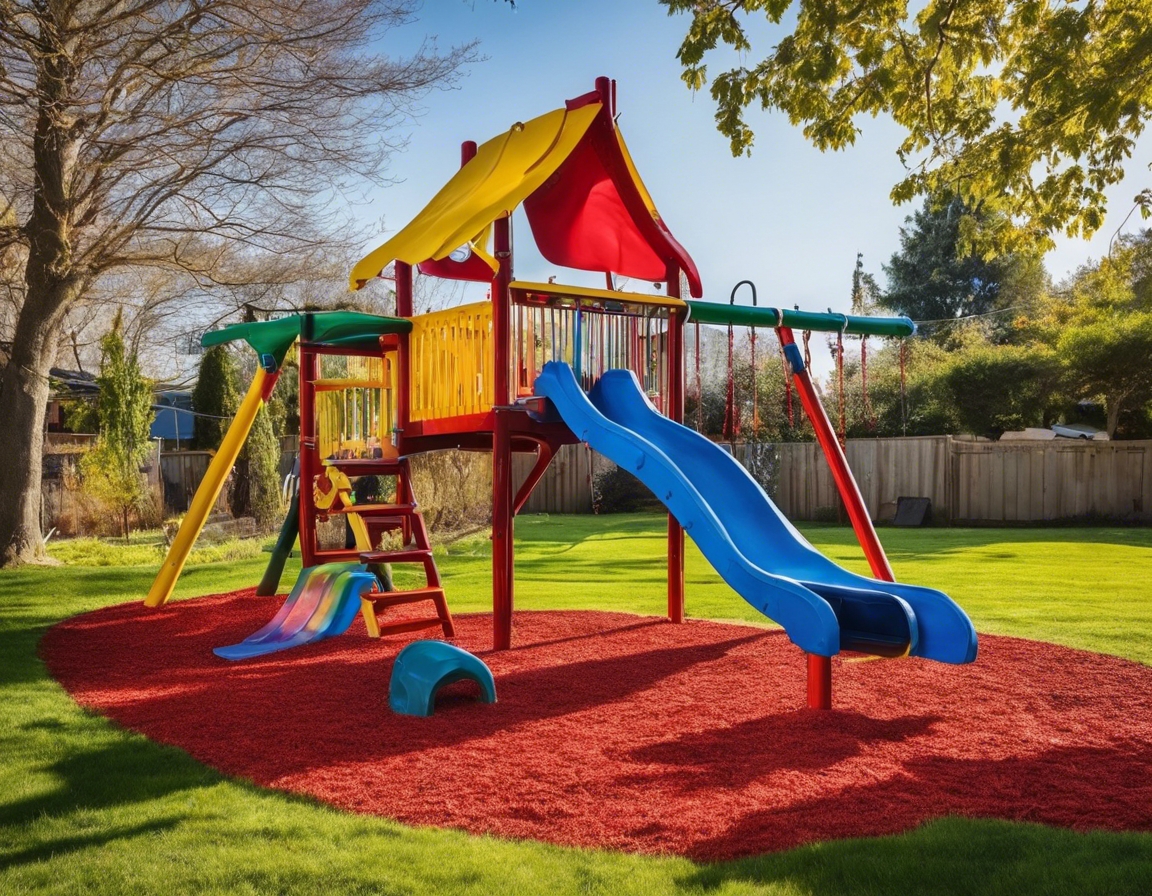The ultimate guide to setting up a home rehabilitation space
Rehabilitation is a critical process for recovery from injuries, surgeries, or managing chronic conditions. A home rehabilitation space provides the convenience and comfort of conducting your recovery within your own environment. Tailoring a space that meets your specific needs can significantly enhance the rehabilitation experience.
Having a dedicated rehabilitation space at home can lead to better consistency in performing exercises, increased privacy, and the ability to personalize the space to your preferences. It also reduces the need for frequent visits to professional facilities, saving time and resources.
Before setting up a home rehabilitation space, it's important to understand the specific requirements of the individual who will be using it. This includes considering the type of injury or condition, the recommended therapies, and the space needed for equipment and movement.
Planning Your Home Rehabilitation Space
Identify an area in your home that can be dedicated to rehabilitation activities. It should be spacious enough to perform exercises comfortably and store necessary equipment.
Depending on the rehabilitation needs, essential equipment may include items such as resistance bands, stability balls, weights, or specialized machines like treadmills or stationary bikes.
Establish a budget for setting up your home rehabilitation space. This will help in making informed decisions about the purchase of equipment and any renovations needed.
Designing Your Home Rehabilitation Space
Flooring in a rehabilitation space should be non-slip and easy to clean. Options like rubber mats or interlocking foam tiles can provide cushioning and reduce the risk of injury.
Good lighting is essential for safety and visibility. Natural light is beneficial, but if that's not available, ensure that the space is well-lit with artificial lighting. Creating a calming ambiance with colors and decor can also aid in the rehabilitation process.
Accessibility is key for a home rehabilitation space. Consider the ease of access to the space, especially if mobility is limited. Safety features such as handrails or non-slip surfaces are also important to prevent accidents.
Equipping Your Home Rehabilitation Space
Choose equipment that is versatile and can be used for a variety of exercises. Quality should not be compromised, as durable equipment is safer and more cost-effective in the long run.
Organizing your space with storage solutions such as shelves, racks, or cabinets will keep the area tidy and ensure that equipment is easily accessible.
Incorporating technology like fitness trackers, apps, or virtual reality can enhance the rehabilitation experience by providing feedback and motivation.
Maintaining Your Home Rehabilitation Space
Regular cleaning of the space and equipment is essential to prevent the spread of germs and maintain a healthy environment.
Regularly check and maintain equipment to ensure it is in good working condition. This includes tightening loose parts, checking for wear and tear, and replacing items as necessary.
As rehabilitation progresses, needs may change. Be prepared to update or upgrade equipment to match the evolving requirements of the user.






Comments (0)